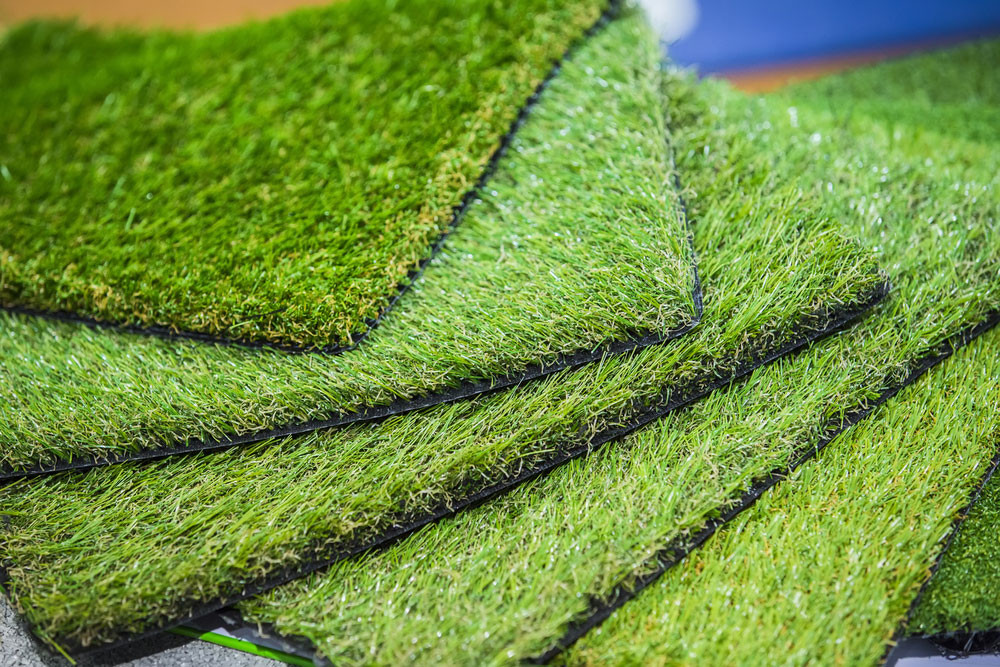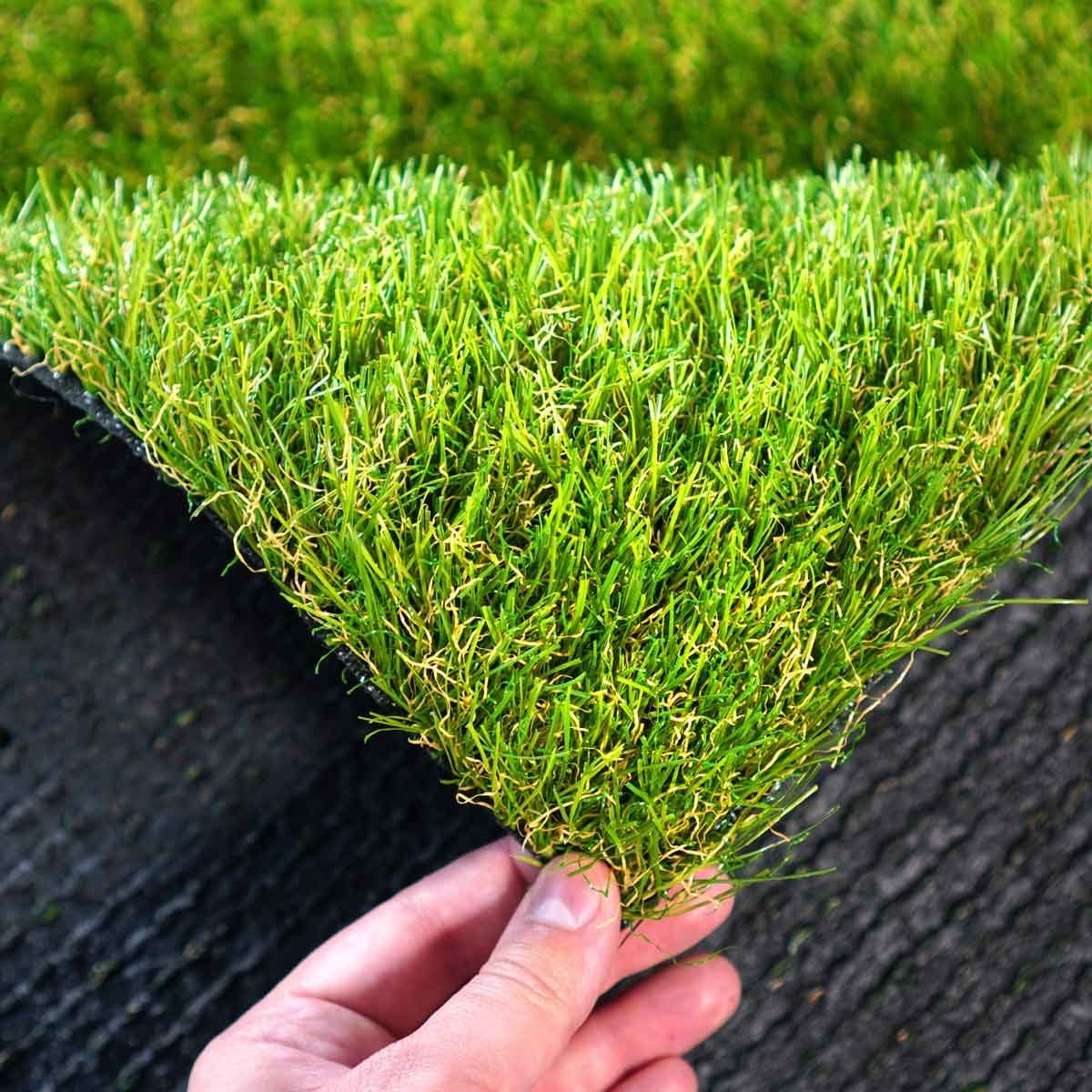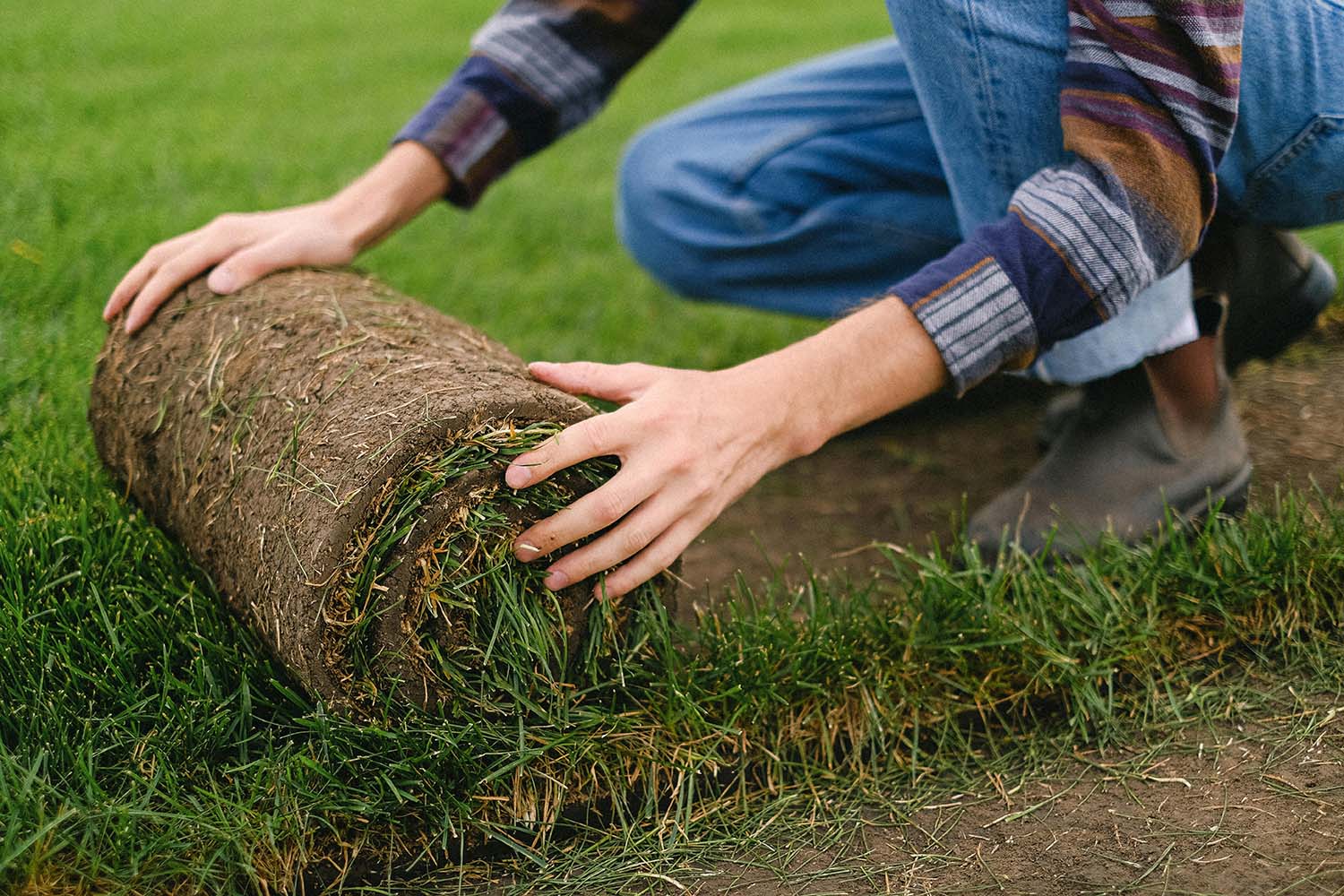Explore the Environmental Benefits of Opting for Synthetic Grass Solutions
The fostering of synthetic grass solutions presents a compelling opportunity to resolve pushing environmental challenges. By significantly lowering water usage and decreasing the application of hazardous chemicals, these alternatives not just promote sustainable landscape design yet likewise protect regional communities. The reduced carbon footprint linked with decreased upkeep activities contributes to an extra sustainable technique to land management. The effects of these advantages extend past plain conservation initiatives, increasing questions regarding their long-lasting influence on environment preservation and general eco-friendly equilibrium. Exploring these dimensions exposes an intricate interaction worth considering.
Water Conservation Perks
One of the most considerable advantages of man-made lawn is its capability to conserve water. In comparison, man-made turf does not need watering, significantly lowering the general demand for water sources.
By getting rid of the need for routine watering, artificial grass contributes to sustainable landscape techniques and helps alleviate the environmental effect of excessive water usage. Moreover, the preservation of water encompasses the reduction of overflow, which can bring about soil erosion and river pollution.
Additionally, the installment of artificial turf enables districts and property owners to assign water sources extra efficiently, concentrating on necessary uses such as alcohol consumption water and farming. The change in the direction of artificial turf not only promotes accountable water usage yet also aligns with wider ecological objectives intended at maintaining natural deposits.
As communities progressively prioritize sustainability, the water preservation advantages of synthetic grass present a compelling case for its adoption in industrial and property landscaping jobs.
Minimized Chemical Use
The shift to man-made grass substantially reduces the reliance on chemical treatments commonly used in natural grass maintenance. Standard turf administration commonly involves the application of fertilizers, chemicals, and herbicides to advertise growth and control insects. These chemicals can pose threats to human wellness, regional wildlife, and the setting, contributing to soil and water contamination.
On the other hand, synthetic grass eliminates the demand for these dangerous compounds. Once set up, it needs marginal maintenance, primarily including routine cleaning and occasional infill replenishment. This reduction in chemical use not only benefits the instant environment yet likewise adds to wider environmental stability. By decreasing the release of artificial compounds right into the community, synthetic grass advertises healthier dirt and water systems.
In addition, the absence of chemical overflow related to synthetic grass installments helps secure neighborhood waterways from contamination, sustaining marine life and maintaining biodiversity. Arizona artificial turf. As areas increasingly prioritize lasting techniques, selecting synthetic grass provides a sensible service that lines up with ecological preservation objectives. Via this change, homeowner can enjoy lush green areas without jeopardizing environmental wellness, leading the means for an extra lasting future
Reduced Carbon Impact

Moreover, the setup of synthetic grass can lead to substantial water preservation. Natural lawns require substantial quantities of water for irrigation, which not only contributes to the carbon footprint related to water removal and therapy however additionally pressures neighborhood water sources. In contrast, synthetic grass requires marginal upkeep, calling for no watering, therefore significantly minimizing water use and its connected energy expenses.
Additionally, the longevity of synthetic grass contributes to its reduced carbon influence. With a life-span of approximately 15 years or even more, the requirement for regular replacements is diminished, causing much less waste and lower energy consumption in production and getting rid of conventional lawn options. Generally, synthetic grass presents a lasting choice for environmentally conscious landscape design.
Habitat Preservation
Environment preservation is a crucial consideration in the discussion over landscaping choices, specifically when comparing synthetic grass to natural grass. All-natural turf yards commonly require extensive upkeep, including the usage of chemicals, fertilizers, and herbicides, which can negatively impact neighborhood communities. These chemicals can seep into the dirt and waterways, hurting native plants and animals and interrupting regional habitats.
Artificial turf eliminates the need for damaging chemicals, consequently securing close-by wild animals and preserving the stability of surrounding Home Page communities. The setup of synthetic turf can lead to the conversion of former grass areas right into even more biodiverse landscapes, such as pollinator gardens or native plant areas, which can sustain neighborhood wild animals.
Eventually, the shift to fabricated lawn not just preserves water and decreases maintenance initiatives yet additionally promotes a much more unified partnership in between human activities and the natural surroundings, advertising habitat preservation at the same time.
Long-Term Sustainability
Lasting sustainability is a critical aspect in examining the advantages of synthetic grass over conventional grass yards. Among the most substantial benefits of artificial lawn is its toughness; it can last as much as 15-20 years with minimal upkeep, whereas natural yard needs frequent reseeding and substitute. This longevity minimizes the requirement for consistent resources, such as water, plant foods, and pesticides, which are essential for keeping a healthy yard lawn.
In addition, synthetic grass contributes to a decrease in carbon emissions linked with lawn treatment equipment. Typical lawns her response commonly require gas-powered lawn mowers, leaners, and blowers, all of which add to air pollution. Artificial turf companies phoenix. On the other hand, fabricated turf removes the need for such devices, advertising a cleaner environment
Moreover, the production of synthetic grass increasingly uses recycled products, boosting its sustainability profile. As makers take on green practices, the ecological footprint of synthetic grass continues to lessen.

Final Thought
The adoption of synthetic grass remedies provides significant ecological advantages, consisting of substantial water preservation, reduced dependence on hazardous chemicals, and a reduced carbon footprint. Man-made turf aids in maintaining natural environments by decreasing land disturbance and advertising long-term sustainability with the usage of durable products. Jointly, these elements emphasize the potential of fabricated grass to add positively to environmental wellness and offer a practical choice to traditional landscape design practices in an increasingly resource-conscious world.
In contrast, fabricated grass does not require watering, considerably minimizing the total need for water resources. By reducing the release of synthetic compounds right into the ecological community, artificial turf promotes healthier soil and water systems.
Additionally, the setup of fabricated lawn can result in significant water preservation. In comparison, artificial turf needs minimal maintenance, requiring no watering, consequently substantially lowering water use and its linked power prices.
